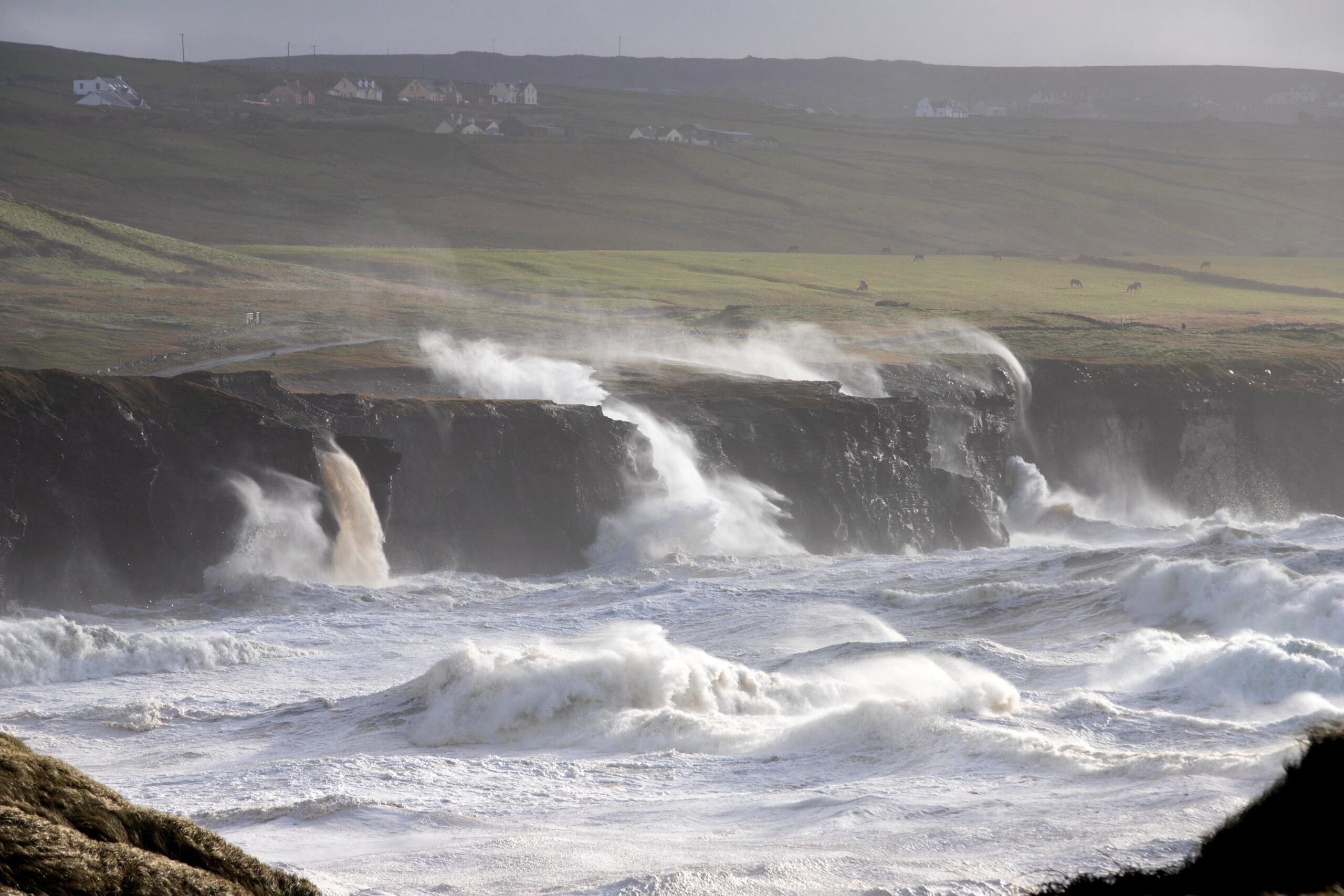
Third-warmest July on record

July 2025 was the third-hottest July globally, with average surface air temperatures 0.45 degrees Celsius above the 1991 to 2020 norm.
The Copernicus Climate Change Service says it was cooler than July 2023 and 2024, but still 1.25 degrees warmer than pre-industrial levels. This marks the 21st time in the past 25 months that the global average exceeded the 1.5 degree threshold.
Europe sees heatwaves and records
Europe had its fourth-warmest July on record. Scandinavia experienced significant heat, especially Sweden and Finland. Southeast Europe also faced intense heat and wildfire activity. Turkey recorded a new national temperature record of 50.5 degrees. Meanwhile, parts of central Europe, western Russia and isolated areas in Spain were cooler than average.

Seas remain exceptionally warm
Sea surface temperatures stayed very high, making July 2025 the third-warmest on record for oceans. The Norwegian Sea, parts of the North Sea and areas off western Europe recorded all-time highs. A large stretch of the western North Atlantic and western North Pacific also reported record temperatures.

Arctic and Antarctic sea ice well below average
Arctic sea ice extent was 10 percent below average for July, tying with 2012 and 2021 for second-lowest in the satellite record. Antarctic sea ice was 8 percent below normal, slightly less extreme than in recent years. Large regional variations were seen around both poles.
Ireland among wetter regions in Europe
Southern Ireland was wetter than average in July, along with central Europe, northern France and eastern Britain. In contrast, much of Scandinavia, Greece and the Balkans were drier than normal, contributing to wildfire outbreaks.
Global extremes continue
Flooding hit parts of China, India, eastern Russia and the southern United States. Persistent dryness affected eastern Africa, southern Africa, Australia and parts of North and South America.
C3S warning
The Copernicus Climate Change Service stated that although the recent streak of record-breaking months has paused, the long-term trend remains clear.








